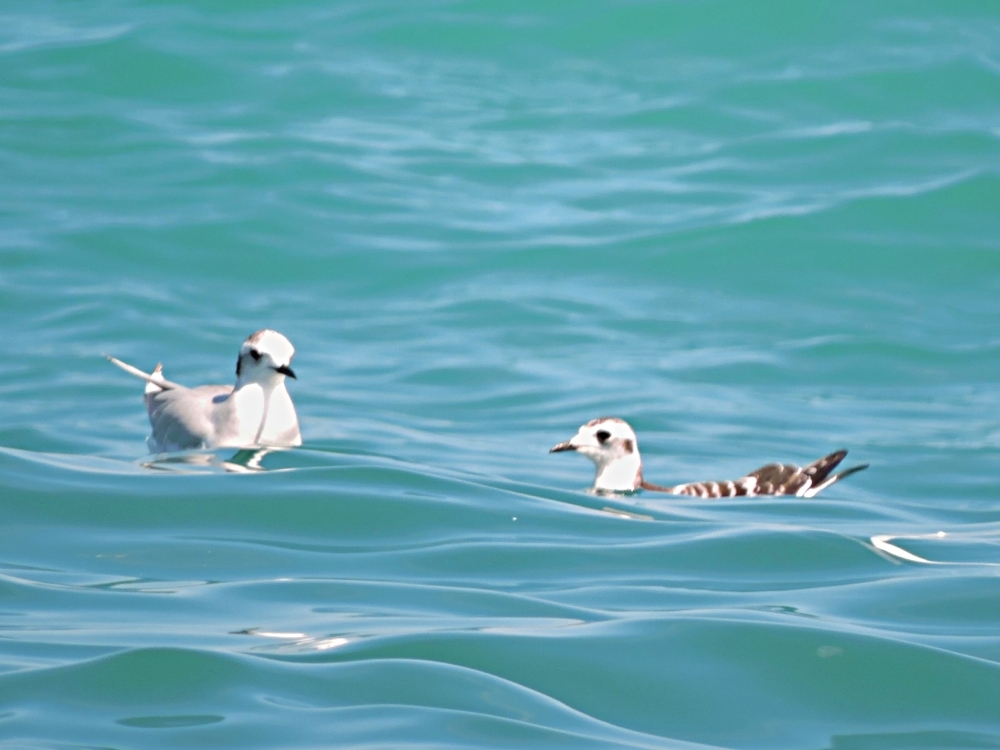As I have already mentioned elsewhere, instead of just three days in Istanbul, the current travel restrictions and confusion unexpectedly caused me to spend the entire month of August in Turkey. While that was not exactly what I was hoping for, it did afford me the opportunity to try for a few more birds that are more localized to the Eastern Mediterranean region, which were not species I had originally expected to encounter. The total number of possibilities was not particularly large, and I did not see all of them, but at this point I will take any bonus birds that I can find and some of the species I did get were quite satisfying.
At the start of this section all the new birds were roadside birds, and all of those were Shrikes, starting with Woodchat Shrike (juvenile)…
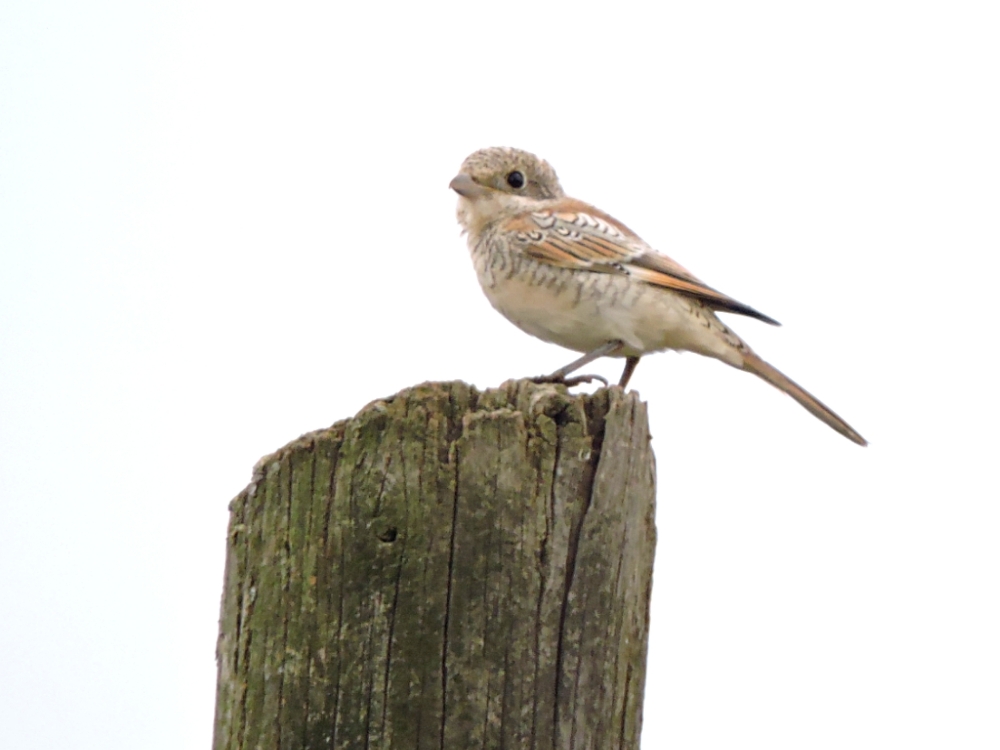
…followed by Lesser Gray Shrike…
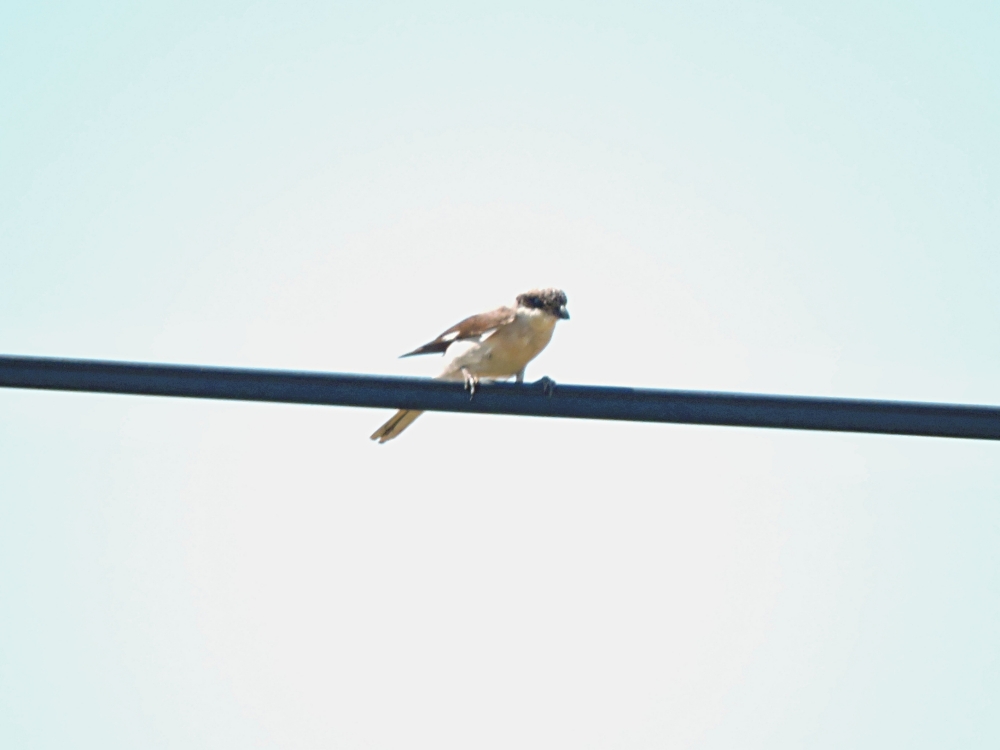
…and finally, Masked Shrike (also juvenile.)
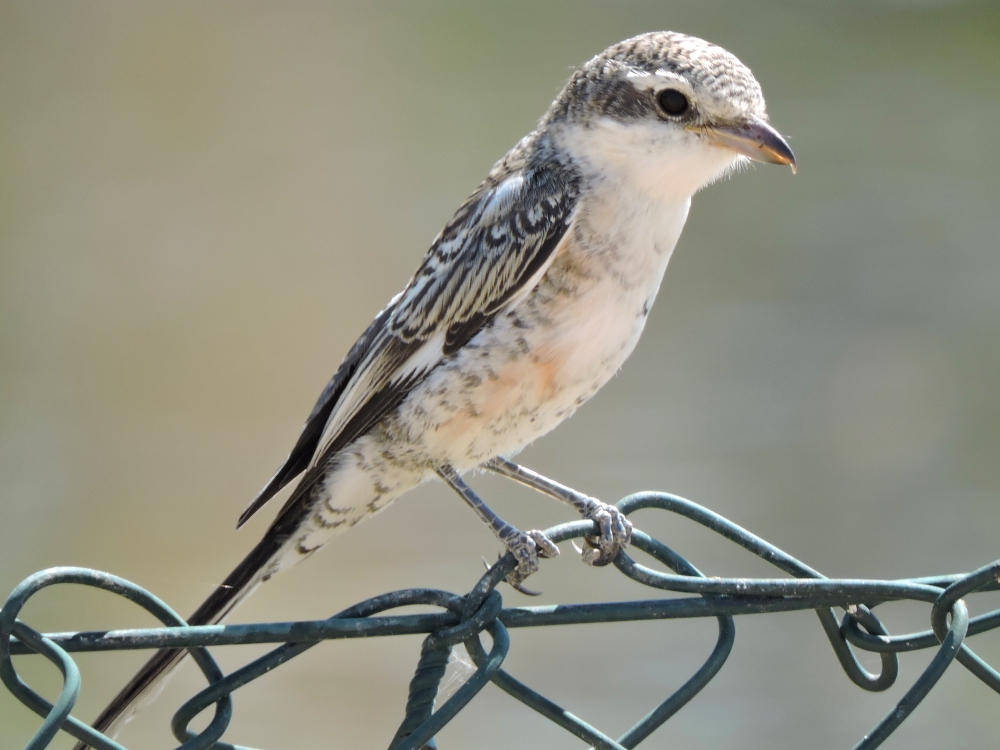
Then one day I rode across a short bridge and in the small river below was a large group of birds, mostly gulls and cormorants. I was hungry and might not have stopped, but I am very glad that I did, because in among that crowd was one individual of a species I had been fruitlessly seeking for weeks, Black Stork!
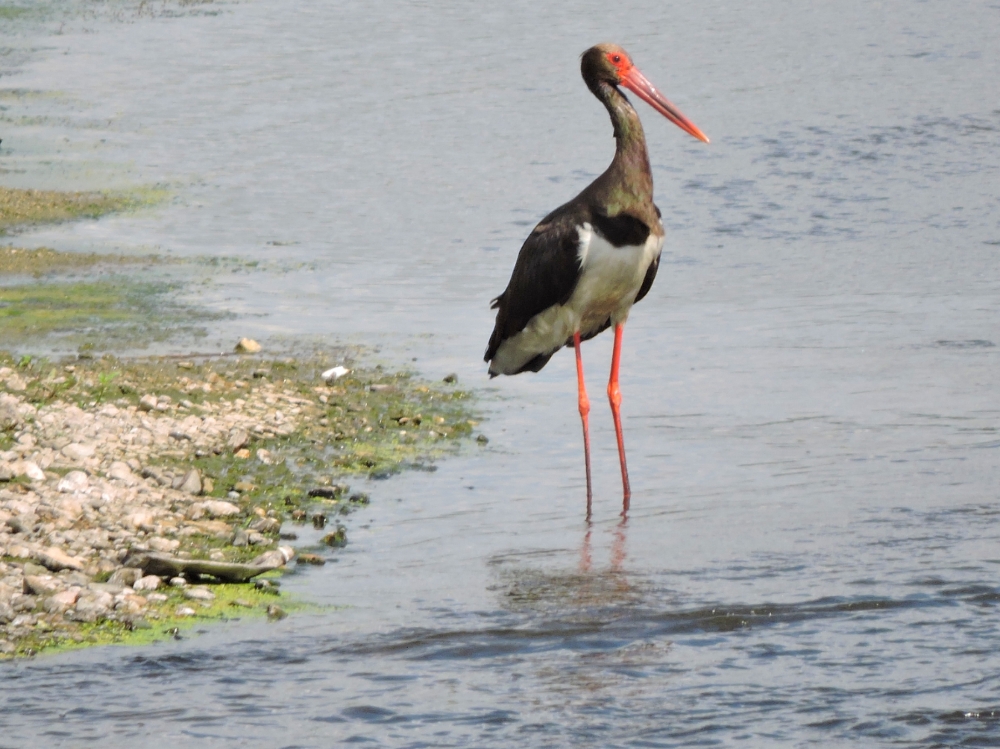
The next sightings were made in a very satisfying way. On no less than five occasions, when I was in Poland and Ukraine, I became prematurely excited when I thought that I had observed a new bird during a World Heritage Site visit, only to realize soon after that I had seen juveniles, females, or simply individuals with an unusual plumage, from species that I have seen in the past. This is relevant because, as everyone should already know, seeing a new bird scores points, and visiting a World Heritage Site scores points, but seeing a new bird at a World Heritage Site is a Triple Bird Score.
At the WHS of Pergamon, in Bergama, I rectified those previous errors in a major way, starting with Western Rock Nuthatch…
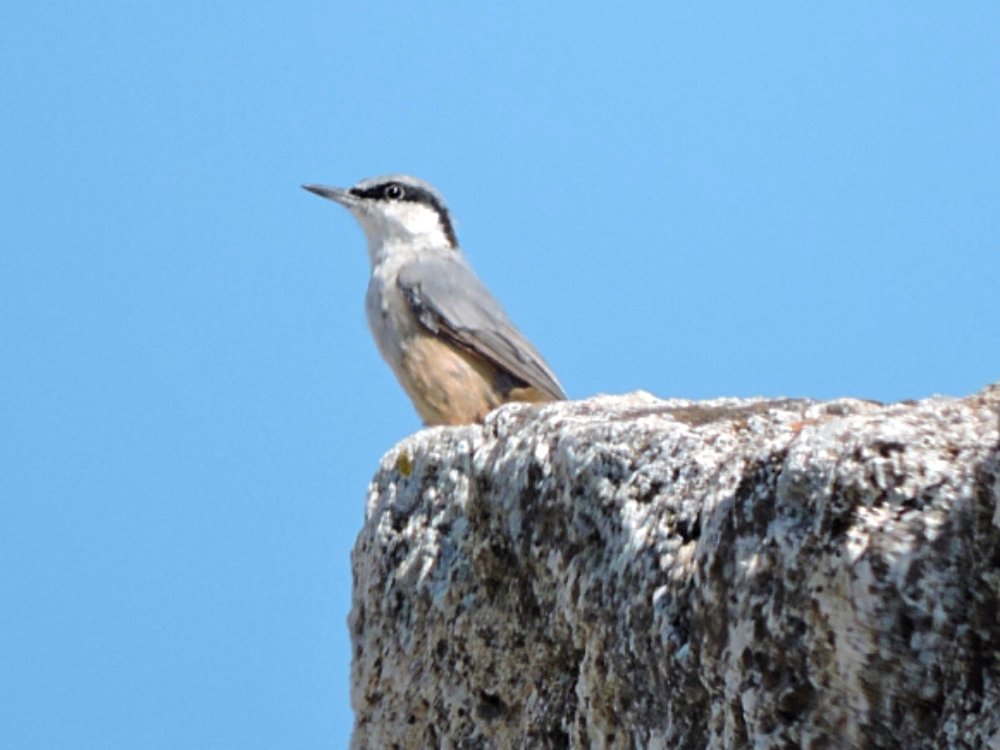
…then adding Western Black-Eared Wheatear…
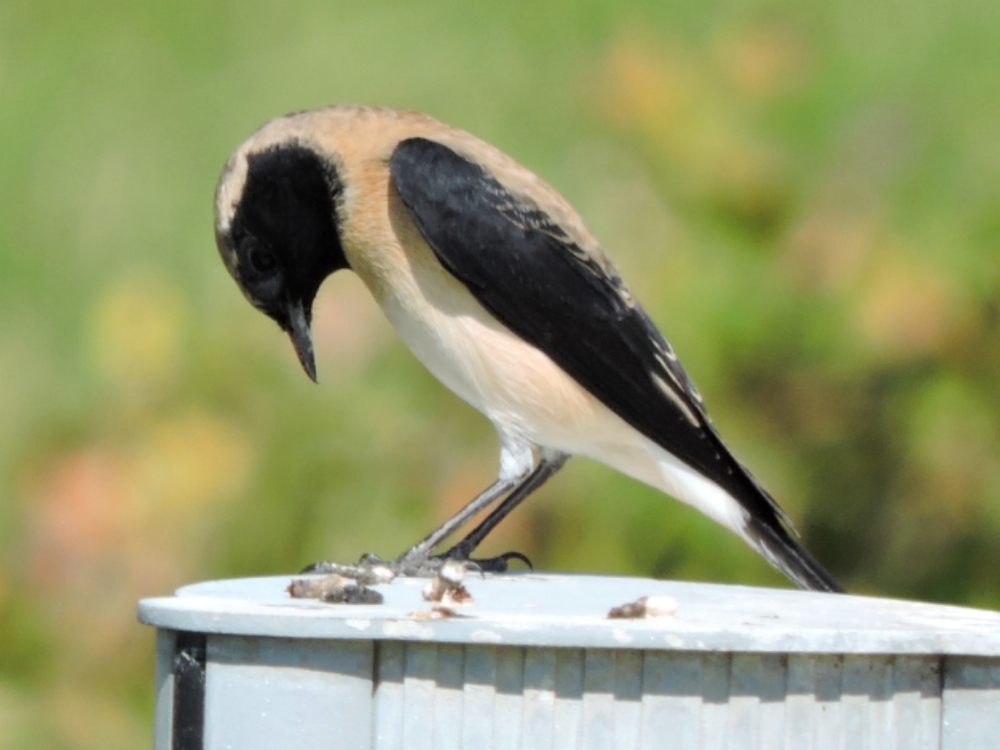
…and completing a WHS Hat Trick with Isabelline Wheatear.
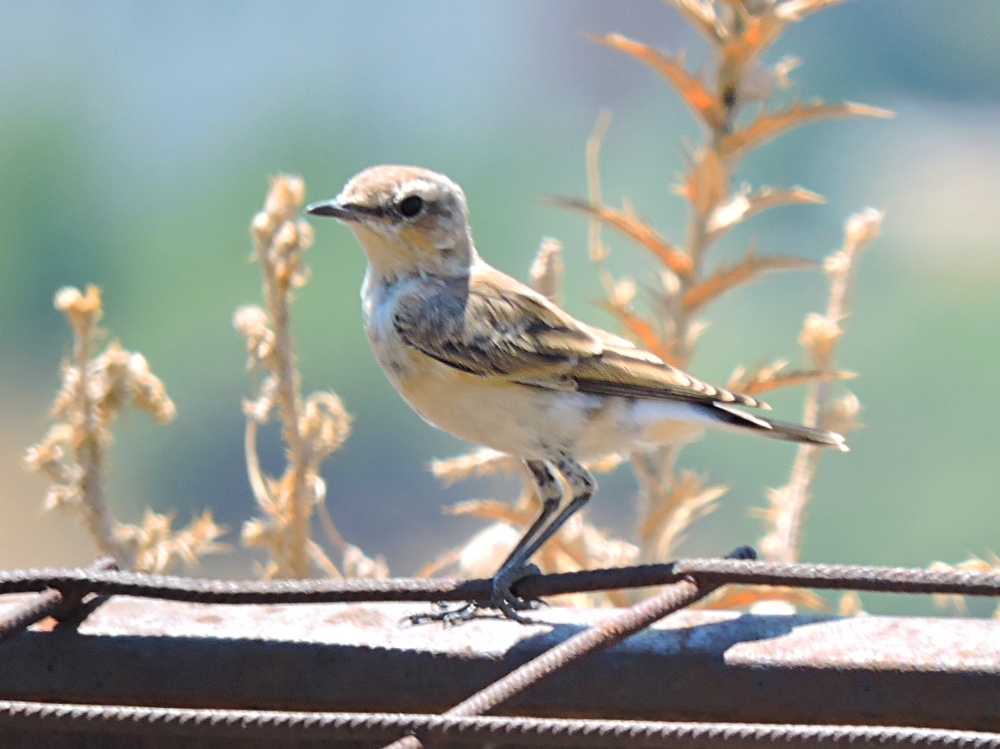
Finally, as I approached the major city of Izmir, I made the wise decision of avoiding most of its urban congestion at the end of a long day by taking a ferry across the mouth of the Bay on which it is located. The only place to stay on the opposite bank was a high-rise hotel from a major chain, however, there was also a large lagoon a few kilometers away in which a few nice birds had recently been reported on eBird, so I was fine with staying there. I was quite tired, so I chose to spend two nights there, and thought that I would go to the lagoon the next morning. Unable to rouse myself at any sort of reasonable hour on the next day, I then thought that perhaps I could swing by on my way out of town one day hence. However, later in the afternoon, even though the lagoon was quite distant, from my vantage point on the nineteenth floor I could make out that a large white object on the water was actually one of the birds I was seeking. Not wanting to take any chances, I braved the heat of the day and went to see it.
First, however, was Whiskered Tern.
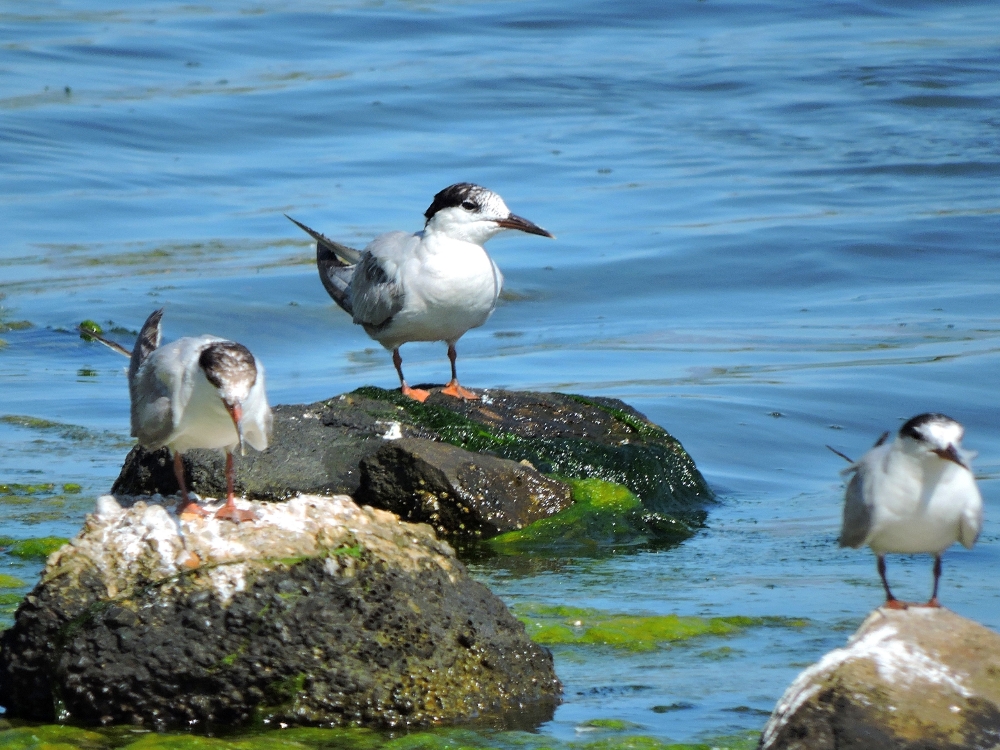
But it did not take me long to locate the bird I was after, the largest species of its family, Dalmatian Pelican!
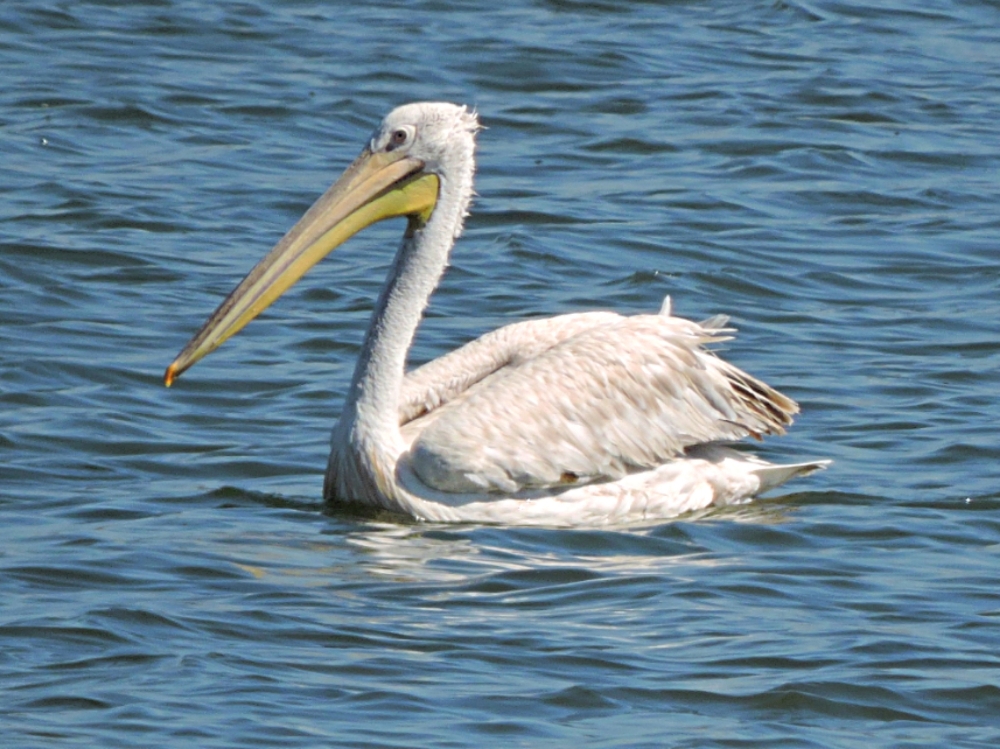
Other new birds seen during August were, Common Sandpiper, Garganey, Red-Rumped Swallow, Marsh Sandpiper, Short-Toed Snake-Eagle, and Finsch’s Wheatear. If my next tentative travel plans actually come to pass, I may shortly enter a region where I will finally start to leave some of the common Western European birds behind, which will be nice. I still cannot say with certainty if, or when, that will happen, however.
Update (9/02): After months of declining to waste any time scanning through flocks of hundreds of similar-but-slightly-larger Black-Headed Gull for solitary individuals from another species, I was very pleased to pick up the World's smallest gull, Little Gull on my final afternoon in a pre-flight-cancellation day still in Turkey. A group decided to come by the beach across from my hotel when nothing else was around, so the identification was easy. Perhaps it was a parting gift from western Eurasia for all the delays.
